It’s staggering to think that every day, people around the world collectively watch one billion hours of YouTube.
That’s over 114,000 years of video watched in just one day.
And that’s just YouTube. It doesn’t even touch Facebook, Vimeo, or any other online-sharing platforms.
But that number is a small indicator of just how much video is consumed in one day.
Cashing in on this billion-hour trend should be a no-brainer, but I get that you might have some hesitation.
Perhaps you’re camera shy. Or, you think that the equipment you’ll need costs thousands of dollars, which isn’t really affordable.
That just isn’t true.
Chances are you already have most of the tools at your fingertips. You just haven’t been taught how to use them.
I’m going to show you how to create affordable DIY social videos in this post with some of the tools that you have in your home, office, or even in your pocket.
But first, I want to dig a little deeper into why creating viral content with video is so important.
Why social videos are important
Using video marketing is a proven way to bring new traffic to your website and help you find untapped lead sources.
Videos can boost your revenue and drive sales with even the simplest format.
How do I know?
Video marketing is one of the top revenue sources for my business.
43% of users want to see more video content according to Hubspot’s State of Inbound
And an overwhelming majority spend more than one hour on YouTube.
You can see that almost one-third of younger Internet users spend more than four hours watching YouTube content.
So your audience is looking for video.
But there’s more to it than the amount of time spent watching video:
I believe video marketing is one of the cornerstones of thought leadership.
Building your brand’s reputation as a trusted source of high-quality information requires you to put yourself out there. Hoarding information is no good.
How do I use video to foster thought leadership?
I love to create videos on my YouTube channel that walk users through certain issues.
I’ve created and shared more than 200 videos and generated more than 2.5 million views since starting my channel.
And most of those videos are less than five minutes in length!
But I don’t just stop at creation. I also curate content by creating playlists on my channel.
This helps viewers who want access to all of my videos on a certain topic as quickly as possible.
That’s thought leadership.
And it doesn’t require you to have a background in broadcasting either. It’s just being who you are and sharing your expertise in a different medium.
You can also establish yourself as a video expert and thought leader by tapping into a service like Facebook Live.
It’s one of the only areas on Facebook that still has organic reach. And using a service like Facebook Live can even boost your engagement and lead generation.
Why? People tend to watch live videos 3x longer than regular videos.
They’ll tune into your video, get helpful tips, and then think “Well, I’m already watching…” and so they stay.
So what are some of the steps you can take to start creating video?
Let’s start with one of my favorites: Live video.
What good social videos look like
There’s one thing that’s true of all good social video.
It’s got to be in the right place.
You can pick from dozens of platforms.
Facebook, Twitter, Livestream, Twitch, and YouTube are just a few.
But where is your audience? Where do they go to watch a video like yours?
According to this Business Insider and Statista study, the most popular sites are Facebook and YouTube.
And that means your best bet is to start on one of these sites with any video content.
So what’s the solution?
Video School Online recommends the following format for tutorials, but you can use it for other types of video with a little creativity:
- Short introduction
- Provide a quick outline. Verbally is typically best!
- Walk through the steps ELI5 style.
- Conclude with a call to action.
So let’s say you’re getting started on Facebook with a Live video. What should it look like?
Start by creating an outline that has everything above. Then include a few more secrets to maximize effectiveness.
It should offer education or a benefit for watchers.
As you’re educating, transition to a bonus offer.
Ask your audience if they would like to learn more, or give them a chance to work one-on-one with you by going to a certain landing page.
Once your video is done, you should boost it and promote it to get more visitors to your website.
You’ve now created a short, content-rich, effective video that’s ready to share.
Well, almost.
You know what it looks like, but how do you create it on a budget?
Let me show you, starting with what’s probably already in your pocket!
Use a smartphone
According to Pew Research, more than three-fourths of adults in the United States own a smartphone. I’m willing to bet you’re one of them.
Smartphones are everywhere these days. They’re even linking up to our houses and cars to help us stay organized and on top of things.
They’re also one of the primary ways we consume social media content. According to Statista, there were over 159 million people browsing Facebook on the mobile app:
And you can see that Instagram, Twitter, and Snapchat are high on the list as well.
So creating video that can be viewed on mobile smartphones is a wise choice. That makes it all the more ironic that you’ll be using a smartphone to create that content!
Not all smartphones are created equal though. Some hold to their iOS (or Apple) devices with unwavering brand loyalty, while others choose to own an Android.
There are a few others, but according to another Statista study, the majority of smartphone owners have either Android or iOS (Apple) devices.
So chances are, if you’ve got a smartphone you’re either running with an Android or iOS device.
How do you use this technology to your advantage?
With just a few more basic pieces of equipment, you’ll be able to crank out high-quality video content with ease.
First, you need to find a way to hold your camera steady.
You could prop it up on a book or your coffee mug. But if you want to have a little more flexibility, I’d recommend a good tripod like this LOHA:
You’ll have a hands-free and portable method of keeping your smartphone stable while you record.
The ability to worry less about if your face looks good at a certain angle will help you focus more on the content. Plus, your arm won’t get tired.
Next up you need to figure out audio.
You’ll need to invest in a good microphone because most smartphones still don’t have great audio-recording capabilities.
The embedded mics might be great for conference calls, but video recordings can sound thin and lack clarity.
If the audio is bad, it’s pretty much guaranteed that people will ignore your video.
So investing in a simple recording device like a lapel mic can make all the difference in the world.
If you have a bit of money to spend, I’d recommend something like a Rode or Audio-Technica mic that works well with your smartphone.
The ability to plug-and-play is what makes this simple.
Here’s the Rode mic:
Or for the budget conscious, the Audio-Technica microphone:
Now, let’s discuss the differences between iOS and Android video capability.
iMovie
If HD-quality video is on your wishlist, you’ll be excited to know that the newest iPhones let you shoot in 1080p with iMovie.
If you’re an Apple user, you can use iMovie to create videos and immediately upload them to a sharing platform like YouTube or Vimeo.
You can shoot, edit, and upload all in the same place.
And the best part? It’s free.
You can also use iMovie cross-platform, which is a great feature if you want to shoot on-the-go and then edit when you get back to your desk.
It’s hands-down the best video-creation method for Apple lovers.
But what about Android?
Users love Android technology for its flexibility, innovation, and all-around utility.
There are a few options for Android users.
FilmoraGo
The first of which is an app called FilmoraGo.
This app does all the basics you would need in video editing. You can trim, add music, or even throw in a theme overlay if you think it fits the content.
One of the best features of this app is the ability to crop your video to the best size for whatever platform you’re sharing on.
If you’re making a video for YouTube, you can set the video’s size to 16:9. For Instagram, you have the option to make it 1:1.
Little details like that make a difference.
Action Director
The second option for lightweight video editing on an Android is called Action Director.
Action Director is unique because it’s one of the few apps that supports 4K video.
So if you opt to go with this app, you’ll be able to stay with it when smartphones push to that level of recording capability.
Much like the other options, you can import clips, edit them, and render the video. You can do things like add your own music, trim and cut video, add text, and employ slow motion.
The biggest downside is that it’s not supported on every Android device. So you’ll have to check if your device is included.
But whichever editor you choose, make sure you’re comfortable with the platform.
You probably won’t need much more than the basics, but it’s nice to have a few extra bells and whistles when you need them.
So you’ve downloaded an editing app, and you’ve got your smartphone in hand. What now?
Record and share your video! It really is that easy.
But smartphones aren’t the only way to record. Let’s look at another way: screencasts.
Record a screencast
Another way to show off your expertise and engage with social videos is to do a screencast or screen recording.
This is a great way to walk your viewers through a presentation while you do a voiceover to complement.
You can also show off solutions to online problems this way. Or teach difficult subjects by showing instead of speaking.
You’ll notice in a lot of my videos that I share what’s on my screen to help viewers understand how to accomplish a task.
Like in this video where I share my screen to show you how to use LinkedIn to get more sales leads.
So if you’re feeling camera shy, you’ve really got no excuse not to create video content.
But if you plan on doing numerous videos like this, I’d recommend investing in a service dedicated to this style of video like EasyVideoSuite or Camtasia.
The added benefit of a paid product is more frequent updates, better service, and usually an easier-to-use user experience.
But if you’re looking to keep your budget lower, a free option would be OBS Studio.
Keep in mind that since it’s an open-source streaming software, you’ll likely have a bigger learning curve than a more intuitive option.
But if you’re dedicated to making it work, free is free.
And let’s not forget the audio.
Since you’re using your computer instead of a smartphone, your range of microphones is a little broader.
You’ll still want to find one that’s high-quality, and if you’ve already got a lapel mic, it will still work. But since you’re not in the video yourself, you don’t have to stick with a lapel mic this time.
Using something like the ever-popular Blue Yeti will ensure your audio stays perfect.
Once again, it’s a bit of an investment. But it’s not a $2,000 microphone, right?
That’s a win for your budget, and you’ll get all the mileage you need out of a good USB microphone like this.
Plus, the quality will shine through in your screencasts, which is good for your engagement.
Screencasts aren’t the only option available to camera-shy marketers, though.
Use an animated template
If your topic isn’t suited to the how-to style, or if you simply want to change things up, animated templates are a good way to fill in the gaps.
Sometimes getting in front of a camera or giving a presentation isn’t the most engaging way to get a message across. You might not even need to speak.
Animated template videos are easy to create and even easier to share. Plus, they can perform just as well as the other videos you share.
Here’s a screenshot of one of VideoMakerFX’s example templates:
You can see it’s short: only 46 seconds long.
It gets straight to the point, and if you go check out the rest of it, you’ll find a few other things:
- It’s pretty generic, which means it’s flexible.
- There are no spoken words.
- The music is engaging.
- The visuals still pull you in and engage you in the content.
All of these reasons make them a very popular option for the introverted marketing crowd.
Of course, if you’re looking to keep your budget close to zero, there are always free options like Biteable:
By investing time or money in a tool like this, you can create professional animated videos in just a few minutes.
Everything is mostly done for you. All you have to do is type in some text, upload your logo, and then share.
It’s very similar to a screencast, but you’ll spend less time making the video which is a plus. I wouldn’t recommend only using this format though, but it’s a great tool nonetheless.
Conclusion
Social videos are proven to help boost sales, and far too many marketers aren’t using them because they’re afraid it’s too much of an investment.
I use video all the time. B you don’t need expensive HD-recording equipment, there are plenty of tools that allow you to do it yourself and keep a small budget.
So it’s time for your business to cash in on a billion-hour industry. And it shouldn’t have to cost you thousands of dollars to do so.
Video is a powerful way to spread your brand, boost engagement, and win new leads. It’s got huge potential for everyone.
If you have a smartphone, you have everything you need to get started at your fingertips. Simply write a script that engages, educates, and calls viewers to action. Then hit record!
Or, if you’re a little camera shy, download a screen-sharing platform or tap into the animated template market. You’ll be able to easily share your expertise with the same results.
So what are you waiting for? Now that budget’s not an issue, your audience is waiting.
How do you create actionable video content for your business?
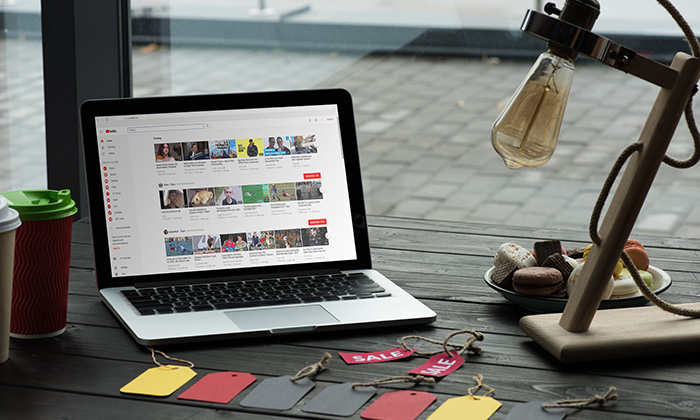
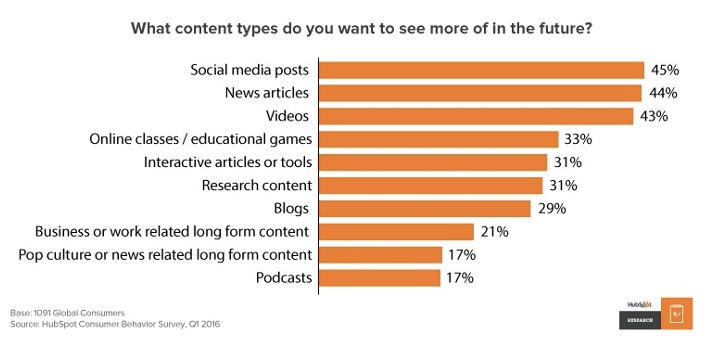
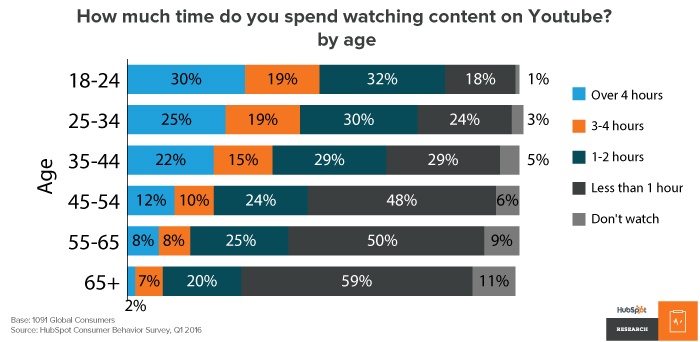
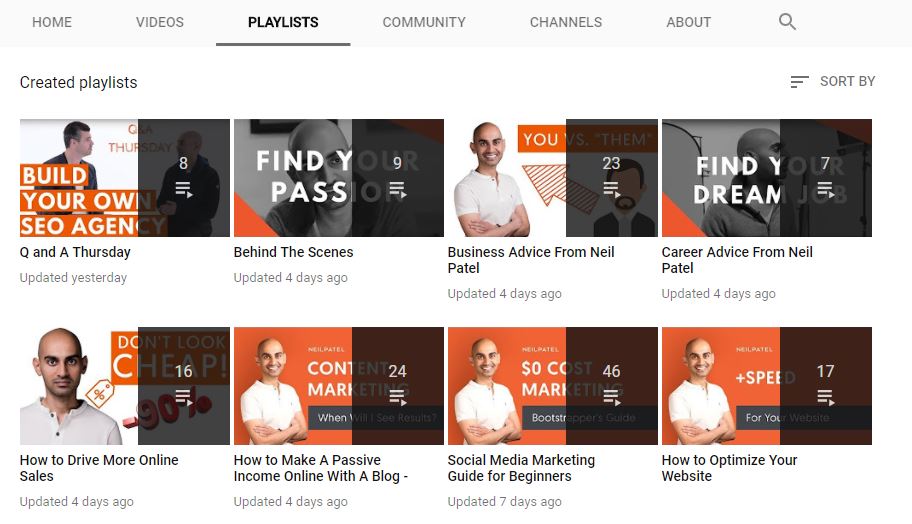
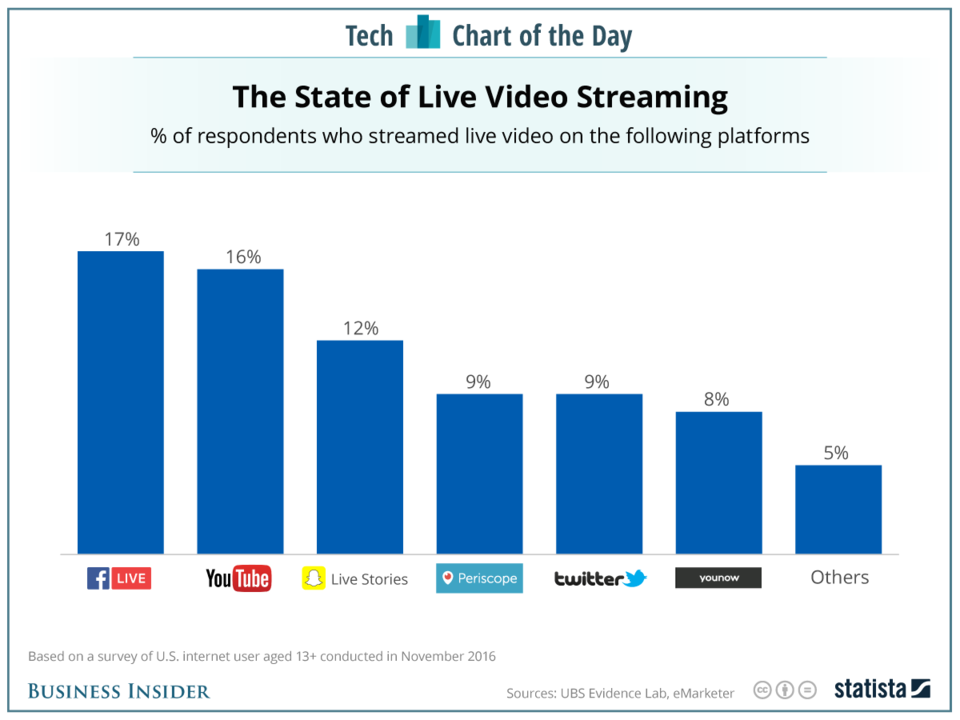
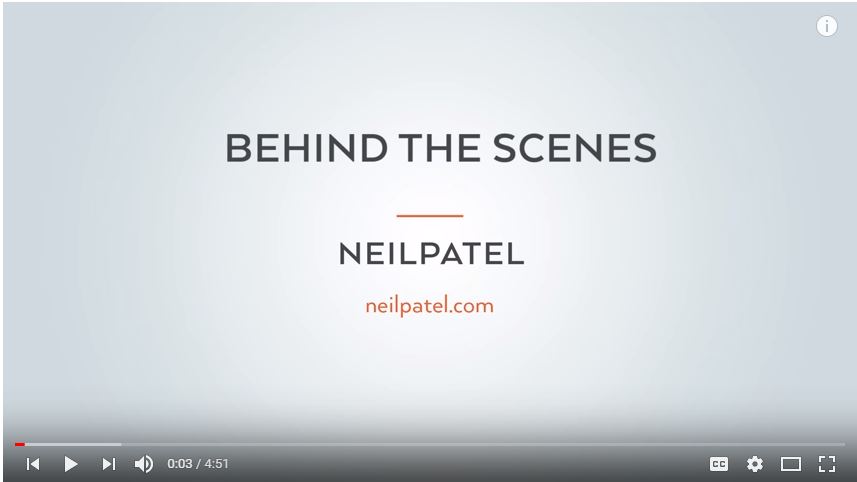

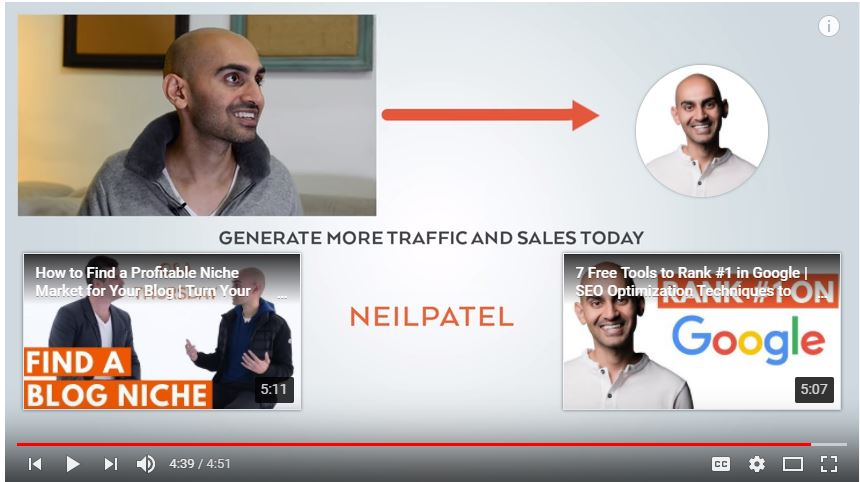
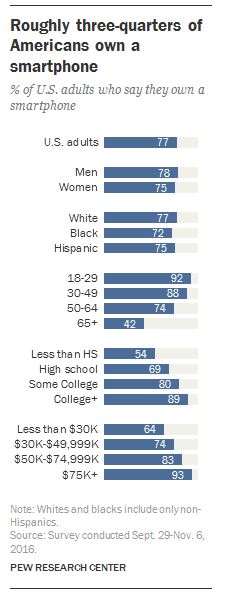
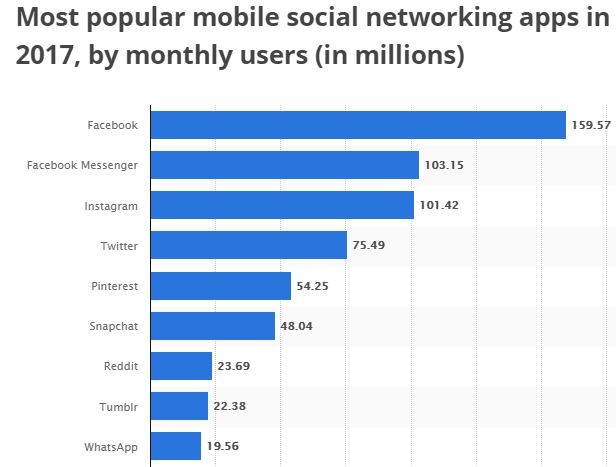
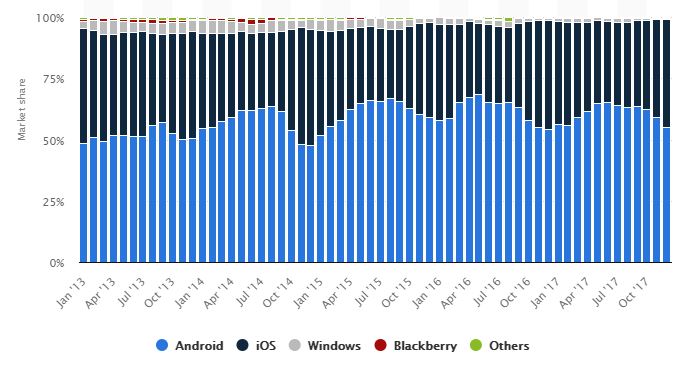

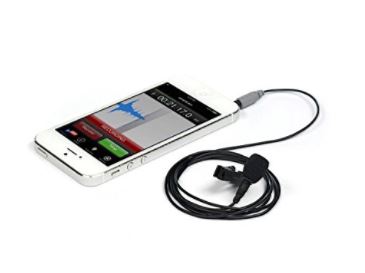
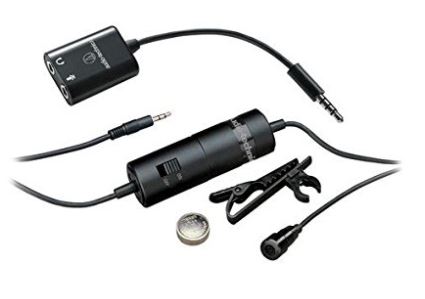
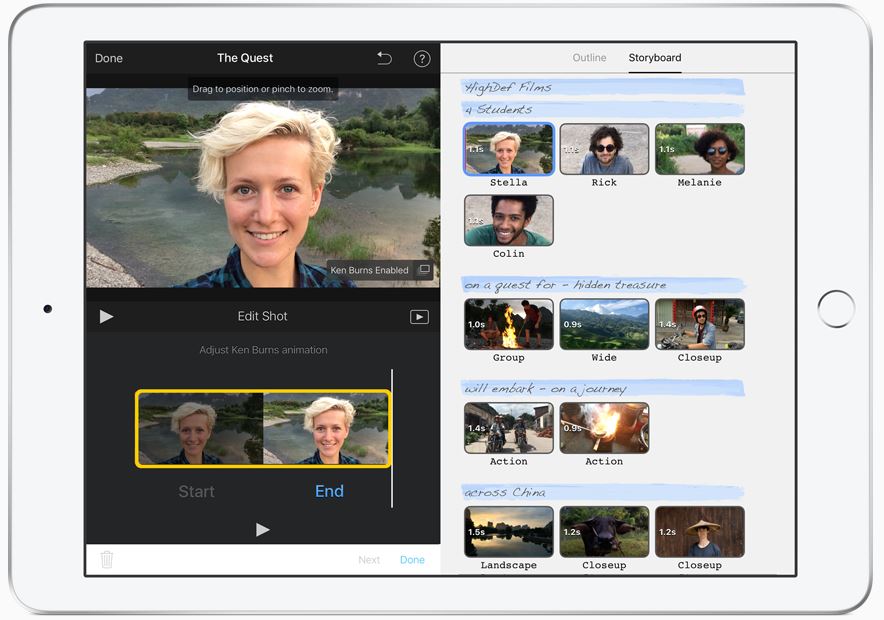
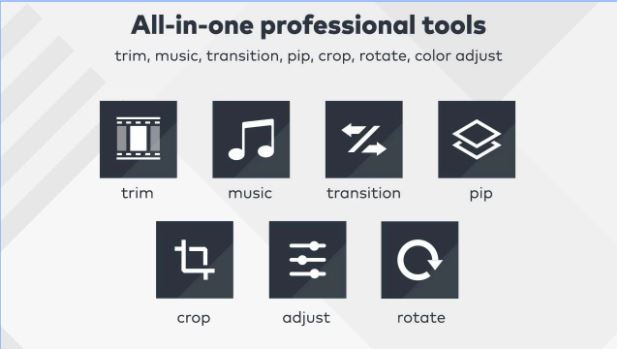
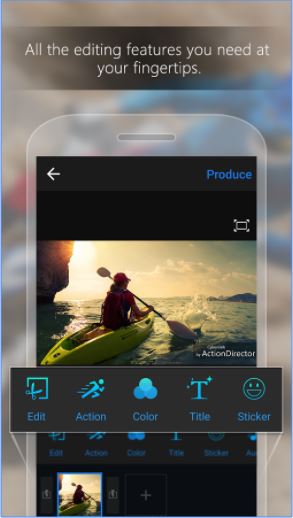
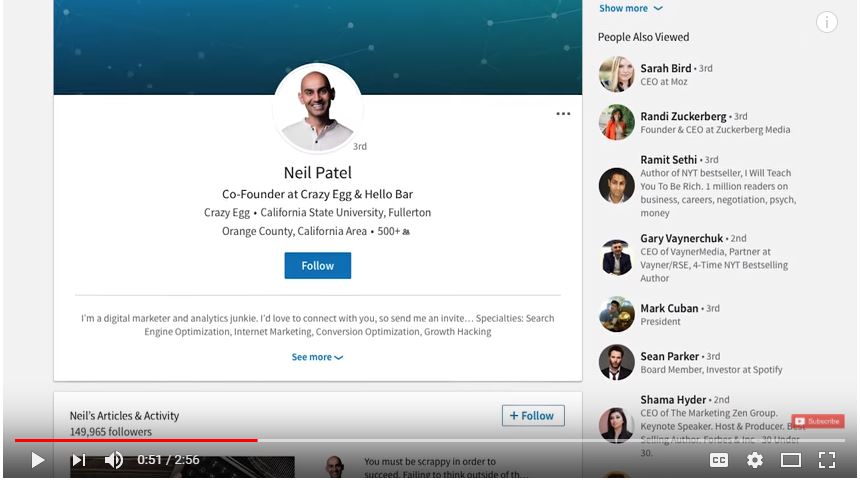
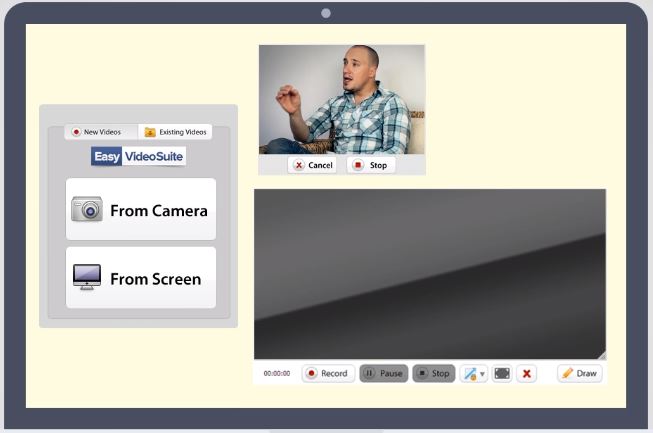
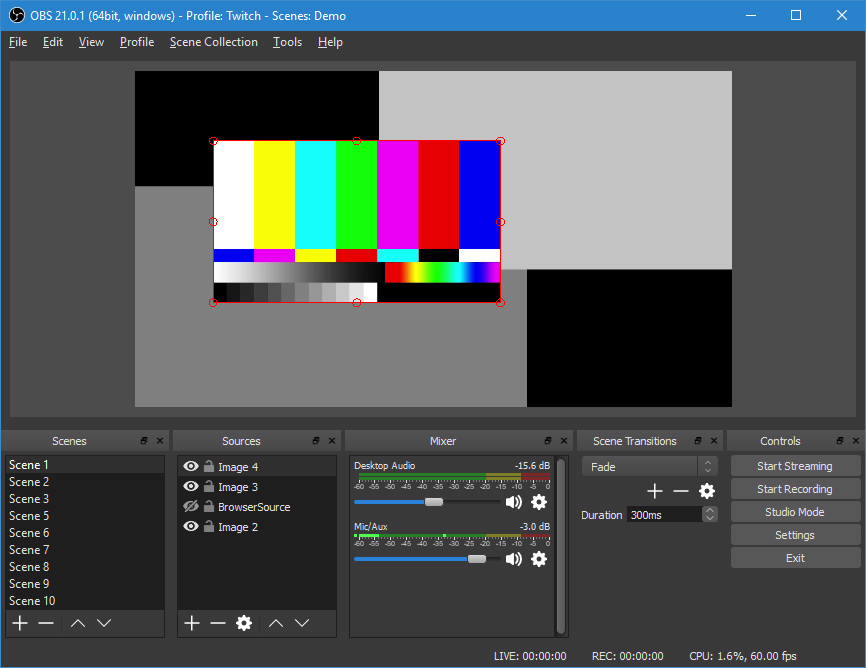
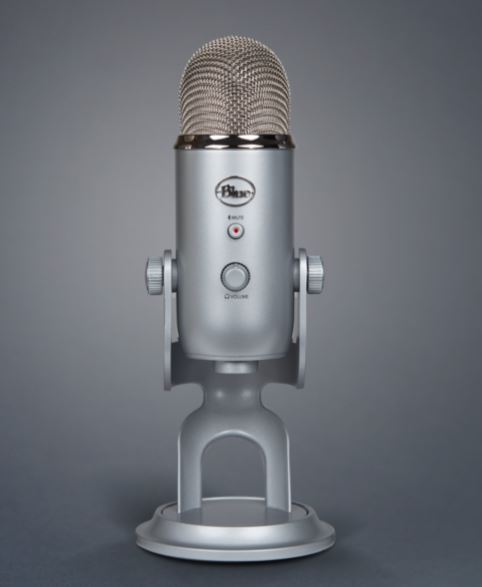
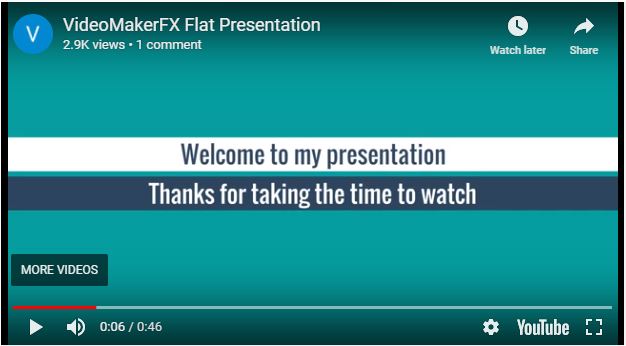
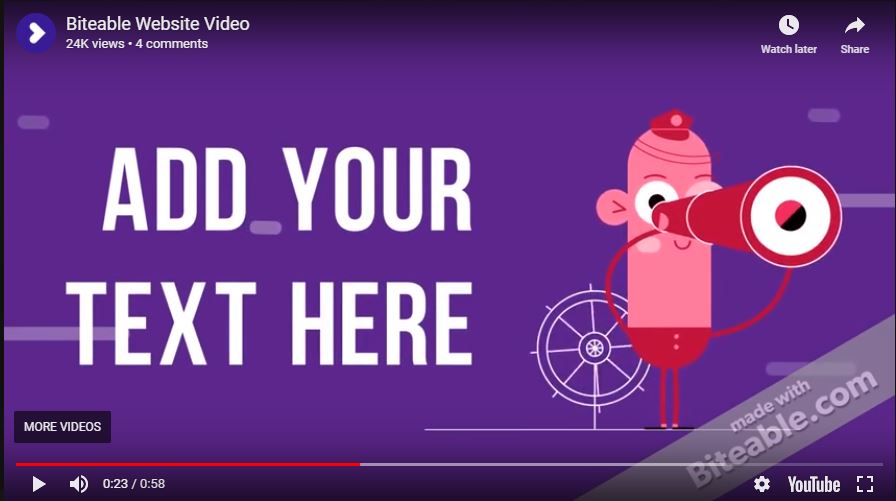
Comments (8)